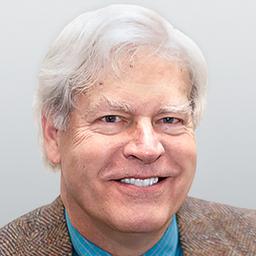Commentary
Recently, former Vice President and current presidential candidate Joe Biden publicly shared his vision for the U.S. Supreme Court.


Recently, former Vice President and current presidential candidate Joe Biden publicly shared his vision for the U.S. Supreme Court.